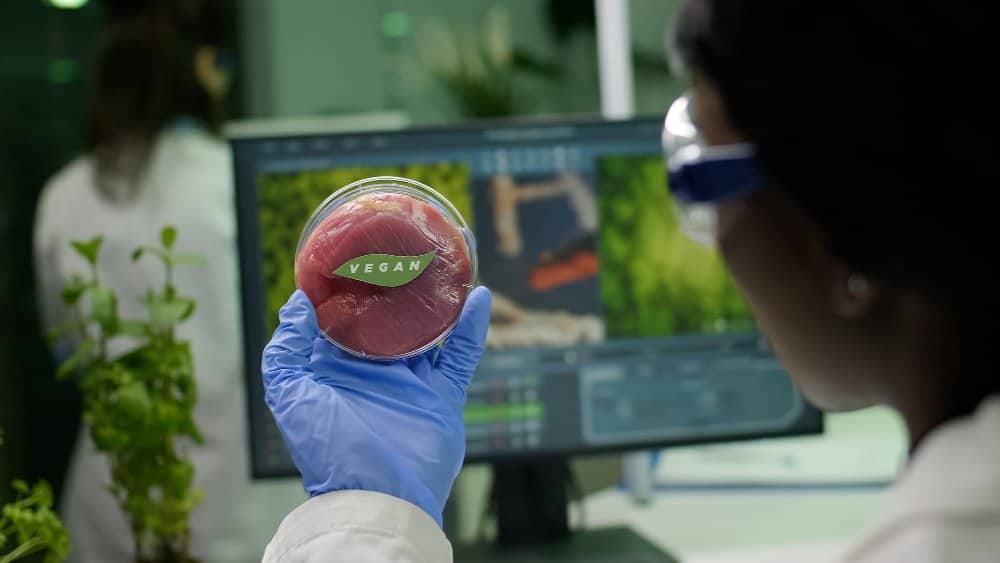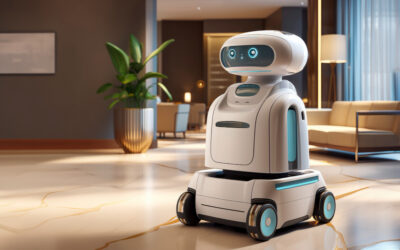More bad news for livestock farmers, although it will take years to affect their activity: a tasting by experts concludes that we cannot distinguish between the taste of synthetic meat and real meat. By the way, in Uruguay, a country that is essentially agricultural, the responses from specialized public and private organizations are denialist. It seems difficult to halt the development of this type of work, whose greatest challenge so far is not scientific, but economic and cost-related. It would be advisable to begin adopting the necessary technology, without abandoning – of course – the natural breeding methodology.
The chicken test:
Now it seems that humans are incapable of distinguishing the taste of cultivated meat from real meat. At least, this is the conclusion from the results of a blind tasting with three renowned Israeli ‘gourmets,’ one of them a “professional taster and judge of ‘MasterChef,’” according to what the magazine ‘Time’ reports.
The judges of this blind tasting before a notary — even the cook didn’t know which meat was which — couldn’t tell the difference between cultivated chicken and real chicken, cooked exactly the same and without any additives, not even salt. In fact, the chicken was only sautéed in sunflower oil.
The blind tasting was done with chopped chicken, offering an identical bite. The chicken used in the test — cultivated by the Israeli company SuperMeat — is completely lean meat because they don’t grow it with fat yet. The judges pointed out that both samples — labeled as A and B — didn’t have much flavor, which was to be expected as it was breast meat. Without skin and without seasonings, chicken breast isn’t flavorful, but it still tastes like chicken.
One of the judges — chef and Israeli restaurant owner Yair Yosefi — was able to detect a difference between the two meats, but admitted that he couldn’t pinpoint which one was real chicken and which was lab-grown.
Yosefi thought that perhaps the farm-grown chicken was sample B, but the ‘MasterChef’ judge — Michal Ansky — thought the opposite, as B had less flavor than A. The correct answer: B was the real chicken. An unsure Yosefi got it right by chance. Ansky was wrong, although she was fully convinced that sample A was the cultivated chicken.
Ansky was glad to be wrong. According to her, the migration to cultivated meat is inevitable because current global production is unsustainable. Now it only needs to be perfected so we can buy a beef rib at the supermarket indistinguishable from a real one. 3D printed, with the desired thickness, perfectly marbled fat, and the taste of grass and corn in the background.
A race for the perfect cultivated meat:
But there is still a long way to go for that holy grail. Or for us to see a whole chicken breast or thigh grown in full in our supermarkets. Not more than a couple of decades, some say, but it’s still a while away. First will come products like chicken nuggets or ground beef to make meatballs and hamburgers.
Israel — which seems to be leading the way in these kinds of developments — has several startups competing to create the perfect cultivated meat. Unlike North American companies like Beyond Meat or Impossible Burger — which are already selling plant-based processed meat with proteins that mimic the taste of blood, but still don’t come close to the flavor of real meat — companies like SuperMeat or Future Meats grow cloned muscle cells from the animal of choice, assembled in the factory. They don’t simulate meat. Biologically, it is real meat grown in a lab. Not a substitute. And the technology is evolving at a chilling pace.
The first 3D printed rib.
The other major barrier for synthetic meat, for now, is the price. The first synthetic hamburger debuted at a price of over 300,000 euros per unit, but it has been steadily and quickly decreasing. Like it or not, cultivated meat is here to stay. And in a few years, we won’t even notice that the Big Mac, the meat in general, or the barbecue rib hasn’t been extracted from a slaughtered animal, but from a completely efficient manufacturing chain with no harmful waste. The same will happen with eggs and fish.






0 Comments